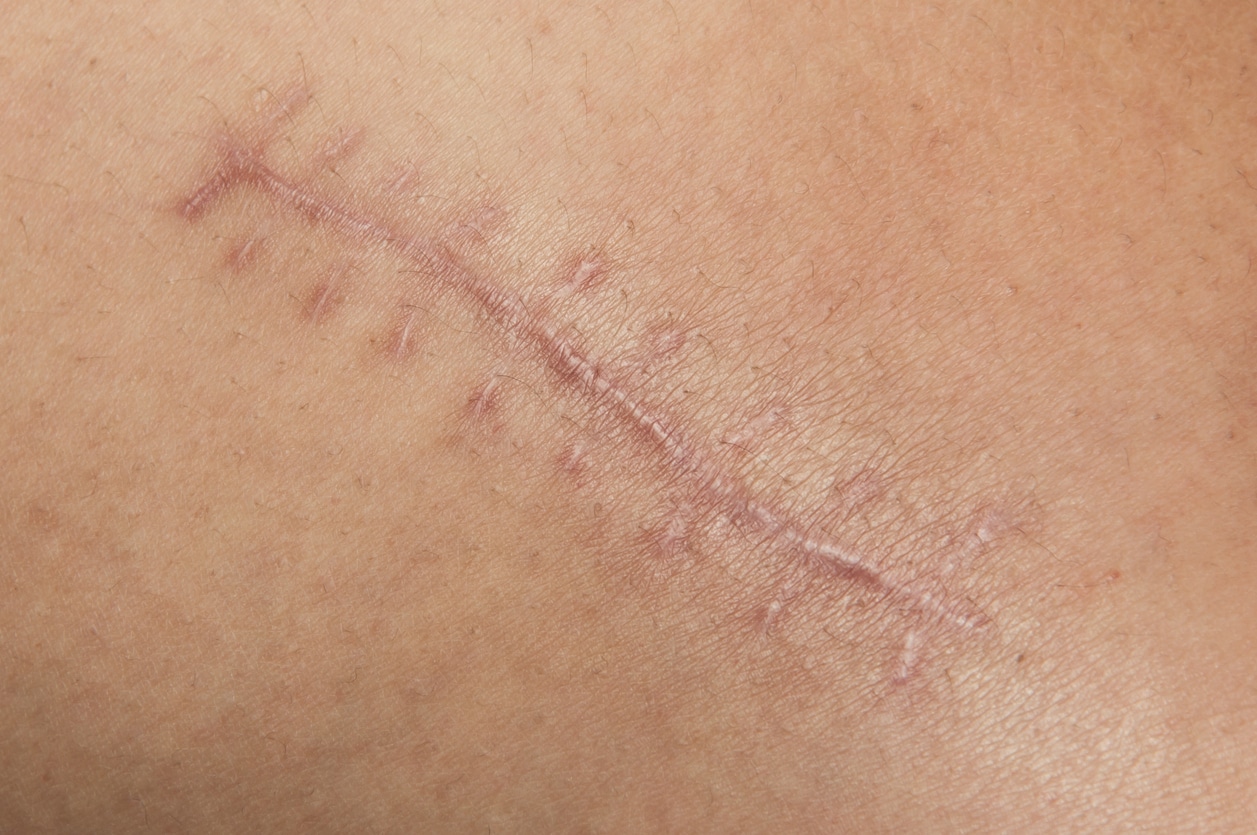Scars are a natural part of the healing process and can be formed for various reasons, including as a result from surgery, infections, inflammation or injuries. However, some scars can be uncomfortable, restrict movement or be undesired visually, leading individuals to seek procedures. The procedure is called scar revisions, and here’s what you need to know about them.
Understanding Scar Revisions

Scar revision is a surgical procedure aimed at improving the appearance of scars, making them less noticeable or restoring function to a scarred area. It can involve various techniques, including surgical removal, laser therapy, dermabrasion or injections. The goal is to blend the scar with the surrounding skin for a more aesthetically pleasing result.
When is Scar Revision Needed?
Scar revision may be considered for several reasons:
- Aesthetic concerns: Scars that are large, raised or discolored can be distressing, particularly if they are in visible areas like the face or hands.
- Functional impairment: Scars that interfere with movement or cause discomfort may necessitate revision. For example, scars across joints can restrict flexibility and movement.
- Scar types: Certain types of scars, such as keloids (raised, thickened scars that extend beyond the original wound) or hypertrophic scars (raised but confined to the original wound area), may benefit from revision. Subtle scars and contractures are also candidates for scar revision.
What Does the Procedure Entail?
The method used for scar revision depends on the type and severity of the scar:
- Surgical removal: For deep or large scars, surgical excision may be performed, followed by careful stitching to minimize future scarring.
- Laser therapy: Laser treatments can reduce the redness and flatten raised scars, making them less noticeable.
- Dermabrasion and chemical peels: These techniques remove the top layers of skin, smoothing the surface and reducing the appearance of scars.
- Steroid injections: For keloid or hypertrophic scars, steroid injections can reduce inflammation and flatten the scar.
- Skin grafting: In cases where a large area of skin is affected, a skin graft from another part of the body may be used to improve the scar’s appearance.
Recovery After Scar Revision
Recovery from scar revision varies based on the procedure performed. Generally, patients can expect the following:
- Post-procedure care: Follow your doctor’s instructions on wound care, which may include keeping the area clean and applying ointments or dressings.
- Swelling and redness: Some swelling, redness and discomfort are normal in the days following the procedure.
- Avoiding sun exposure: Protect the healing area from sun exposure to prevent pigmentation changes.
- Follow-up appointments: Regular follow-ups with your doctor to monitor healing and address any concerns.
Consult your doctor if you are considering scar revision for any of the following reasons:
- Persistent pain or discomfort: If your scar causes ongoing pain or limits your movement.
- Appearance concerns: If the appearance of your scar affects your self-esteem or quality of life.
- Abnormal scar growth: If you notice your scar growing, becoming raised or changing color.
Your doctor can assess your scar, discuss the best treatment options, and create a personalized plan to achieve the best possible outcome.
Scar revision can significantly improve the appearance and function of problematic scars. Understanding the available options and knowing when to seek professional advice can help you make informed decisions. For more information or to schedule a consultation, contact Lake Jackson ENT & Med Spa today.